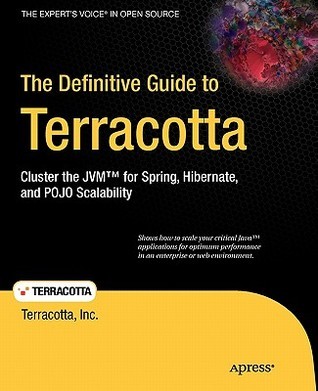Definitive Guide To Coffee ETFs Coffee ETF Investing 101
Post on: 5 Апрель, 2015 No Comment

by Michael Johnston on December 8, 2009 | Updated November 1, 2012
The rise of the ETF industry has made commodity investing readily available to millions of investors whose options for exposure to this fourth asset class were previously limited. Most of the money in commodity exchange-traded products is in diversified funds offering exposure to more than a dozen natural resources through a single security (see a detailed breakdown of the sectors included in these products here ). Among commodity-specific funds, those focusing on precious metals. agriculture, and oil and gas tend to be the most popular GLD ($42.6 billion in assets), DBA ($2.4 billion), and UNG ($4.0 billion) are among the largest ETFs across all asset classes. [Free Report: Everything You Need To Know About Commodity ETFs ]
But the scope of commodity exchange-traded products go far beyond these superstar tickers. Coffee ETPs have become a popular option among certain investors looking to gain exposure to an often volatile commodity that has the ability to deliver big returns over short periods of time (for complete coverage of the ETF industry, sign up for our free ETF newsletter ).
Most investors dont view it as such, but coffee is a globally-traded commodity just like oil. Futures for Grade 3 washed arabicas trade on the NYMEX Exchange, with contract deliveries occurring each year in March, May, July, September, and December. A significant portion of coffee, however, is bought and sold in off-exchange transactions. Starbucks, for example, purchases all of its coffee through private, multi-year contracts.
Coffee 101
Coffee is big business around the world, with ingestion in North America and Europe approximately one-third that of tap water. Worldwide, some 25 million small producers rely on coffee for a living, including significant portions of the population in certain South American and Asian countries.
Brazil has long been the worlds leading producer of coffee, but in recent years Vietnam has become an increasingly important player in the industry. Indonesia is the worlds third largest producer and the largest producer of washed arabica coffee. Finland is the worlds leading consumer of coffee, at an astounding 12 kg per year (by comparison, the U.S. comes in at 4.2 kg). Most of the worlds biggest coffee drinkers are located in Europe, with Norway, Iceland, Denmark, and the Netherlands rounding out the top five on the per capital consumption list .
Drivers Of Price
Supply and demand for coffee beans are impacted by a number of different factors, resulting in a price for this commodity that has been known to show considerable volatility historically (see a good explanation of some of these price drivers here ).
- Weather Conditions: Expectations for extreme weather conditions such as a drought in Brazil or freezing in Vietnam can send coffee futures soaring, as expectations for supply shortages translate into higher prices.
- Geopolitical Tensions: Because the major coffee-producing nations are emerging economies. the supply of java can be disrupted by the combustible political situations that often characterize these countries. Moreover, trade relations between countries can have a big impact on the cost of coffee. When the U.S. lifted a trade embargo against Vietnam in 1994, demand for beans from South American nations dropped, as did prices.
- Production Levels And Supplier Agreements: In the 1970s and 1980s, the International Coffee Agreement set a floor on prices at around $1.20 per pound. When this agreement collapsed, prices plummeted, falling as low as $0.42 per pound in 2001. While coordination between the worlds coffee producers is minimal (certainly not near the scale of OPEC), there are several organizations that seek to ensure stable prices and act on behalf of producers.
- Transportation Expenses: Because of the considerable distance between major coffee producers (South America, Asia ) and consumers (Europe and North America), prices can be influenced by costs of transporting coffee. When oil prices rise, the costs of getting coffee to consumers increases, generally sending prices upward.
ETFdb Pro members can learn more about the drivers of commodity prices in our ETFdb Category Report (if youre not a Pro member yet, sign up for a free trial or read more here ).














